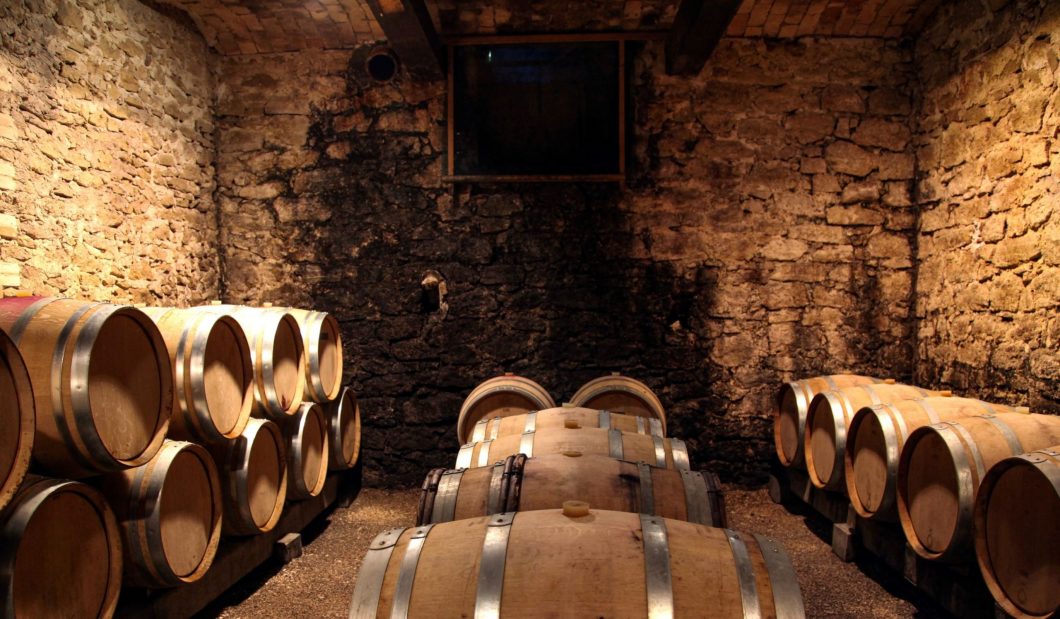To waterproof older buildings, many different concerns come into play. If you own a historic building or home with a wet basement in London or the surrounding areas, you may want to retain the historical value while actively sealing your home’s walls.
Without an external waterproofing system, any wall will be susceptible to leaks.
When waterproofing the foundation or basement floor of an older home or commercial building, especially if you want to retain as much of the original charm and heritage as possible, it is crucial to choose an aligned and experienced drainage contractor. Additionally, their expertise can help ensure the best possible results while preserving the building’s character.
To question whether to waterproof older buildings wasn’t even a concern for early basements.
Originally, basements were never used as secondary living spaces. They were cold, underground rooms that served a valuable purpose for the lifestyles of the past:
- Wood storage
- Coal storage
- Coal-burning furnace or boiler
- Food storage
- Rainwater storage in a concrete cistern
Why did builders construct older buildings differently than modern structures?
Before the filing of the first Ontario Building Code of January 1976, construction standards were dictated by the architect and the contractor working in unison and the technologies available at the time. Introducing new materials and product inventions pushed design and building innovations forward.
Structures today reflect the innovations of the past. Older buildings’ life expectancies rely on the craftsmanship that went into every aspect of their original design.
How the soil grading of a historic building changes over time contributes to water issues.
Although not waterproofed, older buildings were well-sited to allow rainwater runoff. Fast forward to an explosion of roadwork, home and commercial buildings, landscaping and parking lots that push displaced soil into places that previously had been adequately graded.
A home or building from the 1900s can easily have two feet of new soil levels, affecting its ability to shed water from its foundation.
Older homes require more work.
Older buildings were built with longer-lasting original components. These products are often thicker than current replacement parts, so creative repairs must occur. And that translates to more time and more expense.
Basements and foundations were first constructed with fieldstone or limestone held together with mortar, evolving through cinder and concrete blocks of the early 1900s-1980s to the poured concrete foundations that are mostly now the norm.
To waterproof older buildings, the foundations must be considered. Fieldstone, limestone, brick, cinder block or concrete block are typical for older foundations.
Older homes can lack the foundational footings that extend the thickness of a wall at its base, supporting the foundation and making exterior waterproofing easier.
You’ll notice a white powdery substance on your brick, block or stone walls known as efflorescence, which results from water and sodium cement coming through cracks. Read more about efflorescence in our Resource Articles.
- Fieldstone walls use cement grout to hold them together. However, rainwater can break down the grout over time, weakening the structure.
- Limestone foundations have high levels of calcium bicarbonate that react to groundwater and cause them to deteriorate and naturally degrade over time.
- Concrete block walls are heavier and more solid than cinder block, making them less likely to move inward. However, they still face the same concerns with rainwater, which can wear down the cement grout between the blocks and cause leaks to develop.
How will a drainage contractor waterproof an older foundation?
Structural failure can result from a contractor lacking experience in waterproofing historical foundations.
- You can dig trenches extremely carefully around the foundation of an older home to retain the integrity of its structure.
- You can apply an exterior weather barrier and sheathing.
- They will install new weeping tile.
- You can install French drains.
- You may need to install a sump pump in the basement.
- They will apply new or restored grading to the building.
- You can check the downspouts and make suggestions.
- Basement floors can be newly poured with proper vapour barriers
- Special sealants can be applied to existing floors to prevent moisture from permeating from below
Don’t hesitate to call Best Plumbing and Drainage Contractors at (519) 438 6565 with your waterproofing concerns for your older building.
This post was written by Allan
May 17, 2022
Back to Blogs

